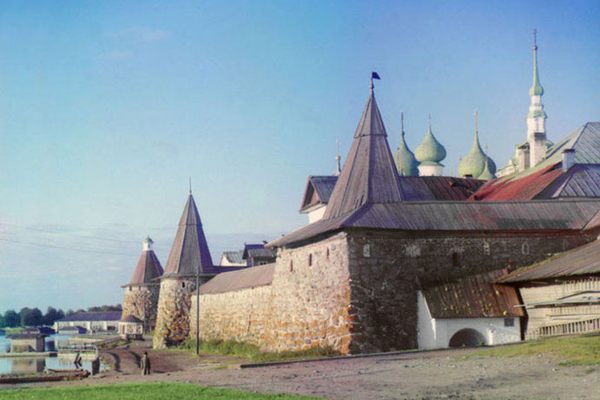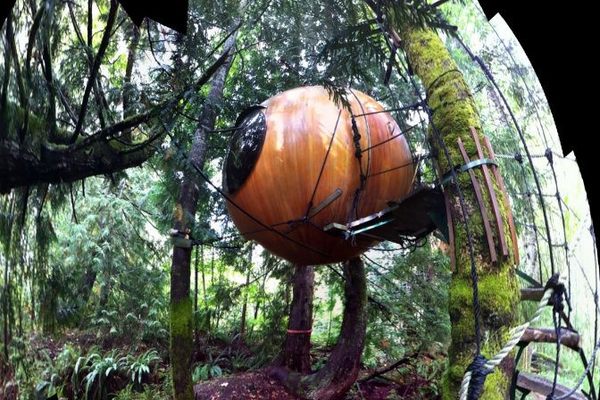A Guide to Soviet Russia’s Torture Centers
From 1930 until 1960, Russian authorities ran a tightly-controlled network of forced labor camps, known as Gulags. Gulag was actually a Russian acronym for Chief Administration of Corrective Labor Camps and Colonies, and these camps were often freezing, and forced prisoners to work and live in harsh conditions with very little food. Thriving under both Stalin and in the aftermath of WWII, Gulags housing petty criminals and political prisoners alike. The Gulag network was officially dismantled in 1960, destroying (almost) all of the prison camps, but their legacy lives on today – in memory and in the formation of many towns in the Russian Arctic.

To see Russia’s dark history, look no further than the Gulag Museum in Perm. Founded in 1946, this prison camp detained, and killed, a number of political dissidents and Soviet prisoners. Now the only former Gulag still standing, it houses exhibits on the reality of life in a Gulag, and a permanent reminder of the cruelty and violence that occurred in the USSR.

The Solovki Islands sit in northernmost Russia, and were the site of Soviet Russia’s first prison camp. Though now dismantled, one of the most infamous Gulags was once housed here, immortalized in Bulgakov’s novel The Master and Margarita.

Though not quite a Gulag, perhaps one of the most terrifying Soviet detention centers was Moscow’s Lubyanka, the fabled home of the KGB. Used exclusively for political prisoners and enemies of the State, a part of this prison’s horror was its extreme silence – even guards were not allowed to talk and instead used only clicks to communicate. The building now only bows to the iron curtain of scheduling – housing a KGB museum that’s accessible by appointment only.










Follow us on Twitter to get the latest on the world's hidden wonders.
Like us on Facebook to get the latest on the world's hidden wonders.
Follow us on Twitter Like us on Facebook